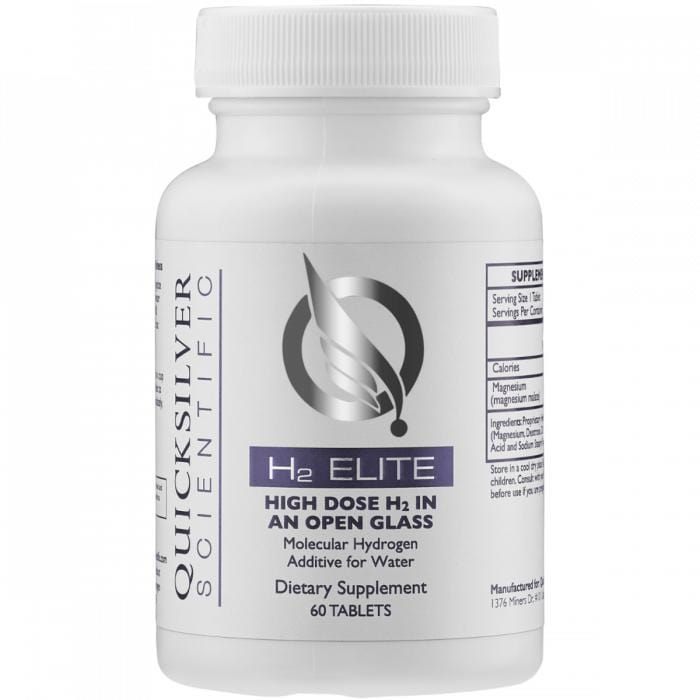19-266
FCC Filing
May 14, 2020
Moms Across America and our millions of supporters understand that the current head of the FCC refuses to consider low level health effects of wireless radiation facilities that are currently being pushed into our towns, school yards, cities and rural areas. Considering the thousands of scientific studies as listed on EHTrust.org and MomsAcrossAmerica.org documenting harm from non-thermal radio frequency radiation, the close proximity of this technology is an assault on the health of our communities. Without health, we have nothing - we cannot do our jobs, maintain our military, be a world power, educate our children and prosper in the future.
In today’s current pandemic crisis, the last thing our government should be doing is contributing to the weakening of our citizen’s immune system. Being a champion for 5G and exposing millions to increased wireless technology and radio frequency radiation that has been proven to weaken the immune system is dangerous.
In addition, studies have shown exposure to radio frequency radiation destroys bee colonies, reduces the fertility of bees and frogs, and impacts plants to create more terpenes, which are highly flammable. The last thing we need are increased fire hazards!
We are appealing to the FCC to update their guidelines to include the assessment and maintenance of safe levels and safe proximity of wireless technology to human exposure. Human exposure must include the elderly, those with autoimmune disabilities, pregnant women and babies. Otherwise, the implementation of this technology is a discriminatory and potential harmful and litigious act.
The FCC's repeated refusal to consider biological effects from exposure to all types of wireless radiation shows a clear and dangerous intention to disregard the emerging science regarding public health.
The agency's reliance on organizations of physicists and engineers for advice on human exposures has resulted in a sole focus on "thermal" effects, despite thousands of published, peer-reviewed studies showing biological harm, even at non-thermal levels, for various frequency ranges.
The FCC's own admission that it is unaware of any other types of effects demonstrates a failure to actively investigate the issue by proactively engaging with the scientific community studying the short and long-term biological impacts of exposure to humans and possible interference with systems of the natural world. Failure to seek out and consider the latest science makes decisions of the FCC suspect.
Moreover, the complex comment process used by the FCC virtually ensures that most commenters will be those who follow the activities of the agency closely and have a financial interest in the agency's decisions.
We do not support the proposed change to allow manufacturers to produce wireless devices that govern their own radiation power output, especially for notebooks and tablets frequently used by children who, according to the International Agency for Research on Cancer (IARC), are more vulnerable to RF radiation than adults.
Since the justification for this proposed rule change is that manufacturers want to be able to deliver more data to notebooks and tablets, it seems obvious that this change would result in higher exposures for users.
We object to the practice of allowing exposures to be averaged over time to comply with FCC exposure limits. There is no scientific basis to support the notion that short, periodic bursts of RF radiation are not biologically harmful, or that only cumulative effects over time may have an impact. The FCC should establish temporal limits for both Specific Absorption Rate (SAR) and power density.
Further, we agree with the American Academy of Pediatrics that the FCC's current method of testing wireless devices is not reflective of the way people actually use technology today. Given the increasing use of wireless devices by children and adolescents, we encourage the FCC to seek out and utilize testing protocols that reflect real-world situations.
We recommend that before the agency considers even tentative approval of WPT devices operating at ranges in excess of 50 cm, it requires manufacturers to conduct pre-market testing to demonstrate the safety of such devices when used in all possible “worst case” scenarios, including mitigation techniques to avoid inadvertent or collateral damage to the public. Such an analysis must include consideration of biological impacts.
Thank you for updating your guidelines to include the safety of our citizens, wildlife, pollinators and prevention of fire hazards.
Zen Honeycutt
Founding Executive Director
Moms Across America






Showing 1 reaction
Sign in with